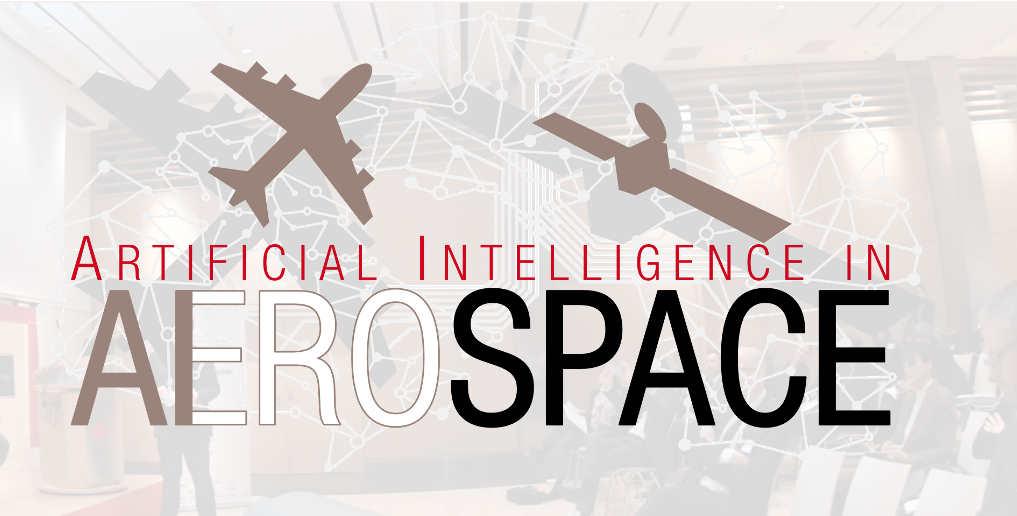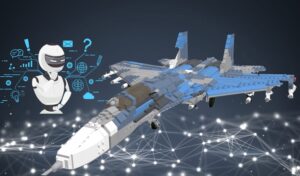Aerospace AI

Aerospace Artificial Intelligence
Aerospace artificial intelligence or Aerospace AI is the term used to refer to the AI developments for atmosphere and outer space technologies. Aerospace is a very diverse industry with a multitude, industrial and military intelligent applications. The two general categories in Aerospace are aeronautics and astronautics. Artificial intelligence helps for research, design, manufacture, operate, or maintain aircraft and spacecraft in aerospace engineering.
Aerospace organizations work to develop and maintain intelligent applications to assist human resources in space and the stations on the Earth. In the future, we can see smart space stations establishments in outer space and interplanetary zones to guide humans for space journies and Intra-planetary settlements. It will help to make humans a multi-planetary species. AI got an advantage by staying active and alive in all atmospheres, whether Earth, Mars, or another planet not even discovered yet.

Although, the aerospace sector is not fast enough in the adoption of artificial intelligence compared to other technology industries and required notable initiatives to launch aerospace AI startups. The sector has enormous potential for artificial intelligence. We have seen substantial growth in single-use and end-to-end AI applications that are impacting and transforming the whole aerospace industry. The services in aircraft and spacecraft consisting various stakeholders including government agencies, corporations for civil and defense sectors, research institutes, and startups. These organizations are sharing their projects including development, manufacturing, construction, operations, education, research, and training. Machine Learning and Deep Learning in AI have entered all these sub-sectors of aerospace to change the future of the space industry.
Applications of Artificial Intelligence in Aerospace Engineering
Tags: Aerospace AI